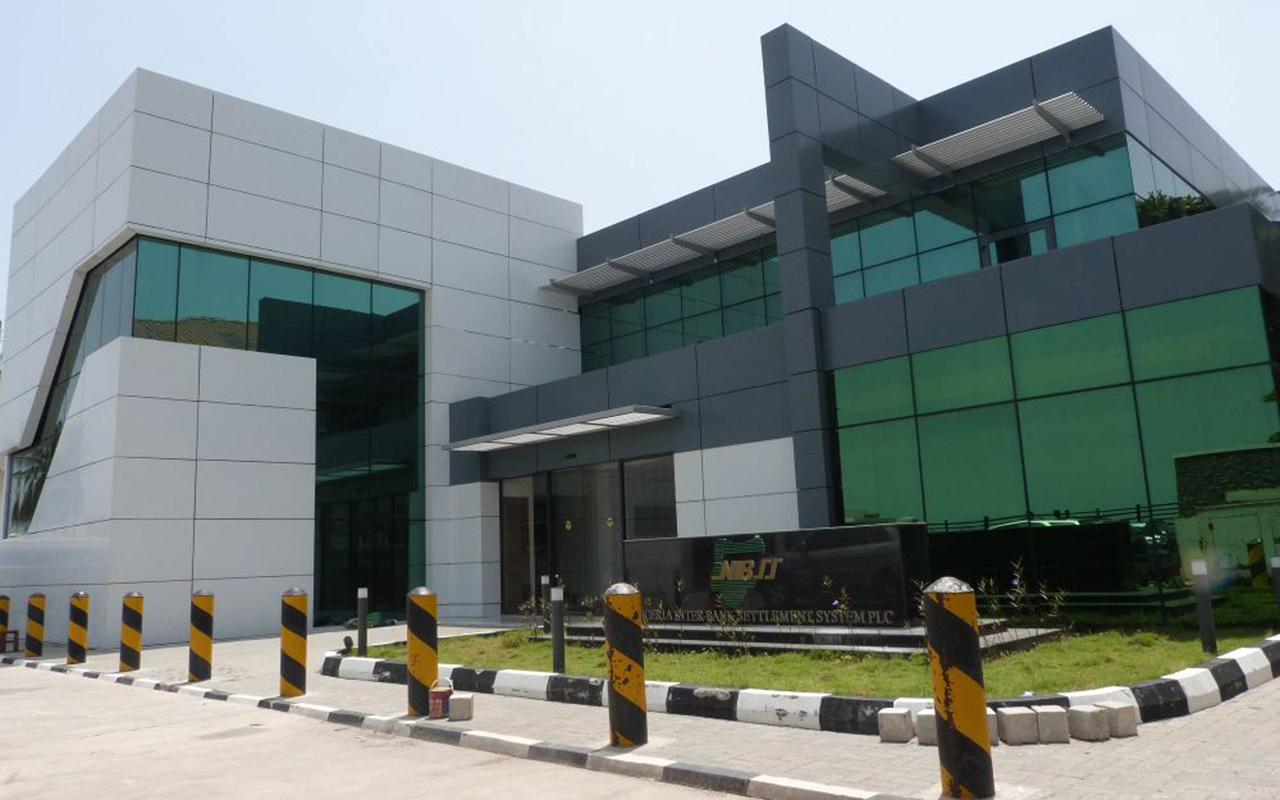Connectivity cost removes 359m from Internet in developing countries – The Guardian Nigeria News

Report on Connectivity Costs and Their Impact on Sustainable Development in Landlocked Developing Countries
Executive Summary
A report from the International Telecommunications Union (ITU) indicates that prohibitive connectivity costs are severely impeding progress toward the Sustainable Development Goals (SDGs) in Landlocked Developing Countries (LLDCs). The high price of Internet access has resulted in a significant digital divide, leaving approximately 359 million people disconnected and undermining efforts related to poverty reduction, education, and economic growth.
Affordability Crisis as a Barrier to SDG 9
The challenge of achieving universal connectivity directly impacts SDG 9, which calls for building resilient infrastructure and fostering innovation. The ITU’s findings highlight a critical failure in meeting Target 9.c, which aims for universal and affordable Internet access.
- Mobile Broadband: Service remains unaffordable in 50% of LLDCs, with the cost of a basic 2GB monthly plan exceeding the internationally recognized affordability threshold of 2% of gross national income (GNI) per capita.
- Fixed Broadband: Accessibility is even more limited, with prices surpassing the affordability threshold in the majority of LLDCs.
The Role of Universal and Meaningful Connectivity (UMC) in the 2030 Agenda
The ITU has introduced Universal and Meaningful Connectivity (UMC) as the new imperative. UMC is defined as providing everyone with a safe, satisfying, enriching, and productive online experience at an affordable cost. Achieving UMC is fundamental to the success of several interconnected SDGs:
- SDG 1 (No Poverty) & SDG 8 (Decent Work and Economic Growth): Affordable Internet is a gateway to digital economies, online employment, and financial inclusion, which are essential for poverty eradication and sustainable economic growth.
- SDG 4 (Quality Education): Meaningful connectivity is a prerequisite for accessing online educational resources and participating in remote learning, thereby reducing educational disparities.
- SDG 10 (Reduced Inequalities): The current digital divide between LLDCs and the rest of the world represents a major form of inequality. Closing this gap is crucial for ensuring no one is left behind.
Recommendations for Achieving Connectivity Goals
According to Dr. Cosmas Luckyson Zavazava, Director of the ITU’s Telecommunication Development Bureau, a multi-faceted approach is required. While LLDCs are at various stages of progress, they share common obstacles. The recommended path forward aligns with SDG 17 (Partnerships for the Goals) and involves a dual focus:
- Infrastructure Development: Continued investment in the physical infrastructure necessary to deliver widespread and reliable Internet access.
- Policy and Regulatory Frameworks: The creation of robust national policies that actively promote investment, encourage technological adoption, and foster innovation in the Information and Communication Technologies (ICT) sector.
1. Which SDGs are addressed or connected to the issues highlighted in the article?
The article primarily addresses issues related to the following Sustainable Development Goals (SDGs):
-
SDG 9: Industry, Innovation and Infrastructure
This goal is central to the article, which focuses on the challenges of internet connectivity, infrastructure development, and access to Information and Communications Technology (ICT). The text explicitly discusses the lack of connectivity, the need for infrastructure development, and the importance of ICTs for development.
-
SDG 10: Reduced Inequalities
The article highlights the digital divide, particularly affecting people in Landlocked Developing Countries (LLDCs). By pointing out that high connectivity costs create a barrier for these populations, it directly addresses the inequality of opportunity and access to resources between different countries and income groups.
2. What specific targets under those SDGs can be identified based on the article’s content?
Based on the article’s content, the following specific targets can be identified:
-
Target 9.c: Universal and affordable access to the Internet
The article’s entire theme revolves around this target. It explicitly mentions the goal of “universal and meaningful connectivity (UMC)” and the challenge that “rising connectivity costs are slowing development.” The focus on making mobile and fixed broadband affordable in LLDCs is a direct reflection of the ambition to “provide universal and affordable access to the Internet in least developed countries.”
-
Target 10.b: Encourage development assistance and investment in least developed countries
The article points to the specific challenges faced by “landlocked developing countries” and quotes the ITU Director stating that “robust policy frameworks that promote investment, adoption, and innovation in ICTs were equally vital.” This aligns with Target 10.b, which calls for encouraging financial flows, including investment, to states where the need is greatest, such as LLDCs, to help them overcome development hurdles like the digital divide.
3. Are there any indicators mentioned or implied in the article that can be used to measure progress towards the identified targets?
Yes, the article mentions and implies several indicators that can be used to measure progress:
-
Indicator for Affordability:
The article provides a very specific indicator used by the telecoms body to measure affordability: “the price of a basic 2GB monthly plan exceeds two per cent of gross national income (GNI) per capita.” This is a direct, quantifiable metric to track progress towards making internet access affordable (Target 9.c).
-
Indicator for Exclusion/Access:
The statistic that “about 359 million people from the Internet” have been cut off serves as a baseline indicator for the scale of the digital divide. Reducing this number would be a clear measure of progress towards universal access.
-
Indicator for Policy and Investment:
The article implies that progress can be measured by tracking the implementation of “robust policy frameworks that promote investment, adoption, and innovation in ICTs.” While not a quantitative number, the existence and effectiveness of such policies in LLDCs would be a key indicator of progress towards Target 10.b.
4. Table of SDGs, Targets, and Indicators
| SDGs | Targets | Indicators |
|---|---|---|
| SDG 9: Industry, Innovation and Infrastructure | Target 9.c: Significantly increase access to ICT and strive to provide universal and affordable access to the Internet in least developed countries. |
|
| SDG 10: Reduced Inequalities | Target 10.b: Encourage official development assistance and financial flows, including foreign direct investment, to States where the need is greatest, in particular… landlocked developing countries… |
|
Source: guardian.ng

What is Your Reaction?
 Like
0
Like
0
 Dislike
0
Dislike
0
 Love
0
Love
0
 Funny
0
Funny
0
 Angry
0
Angry
0
 Sad
0
Sad
0
 Wow
0
Wow
0









































































